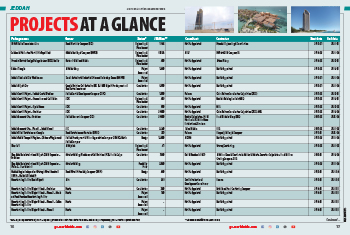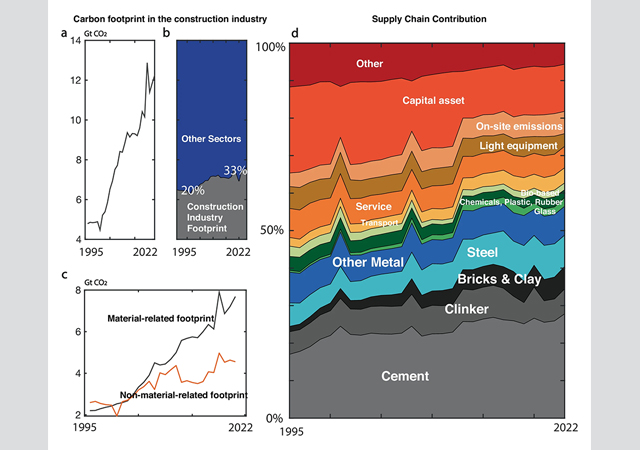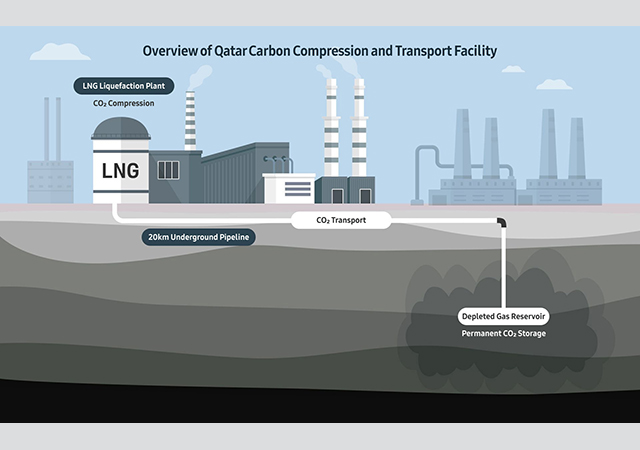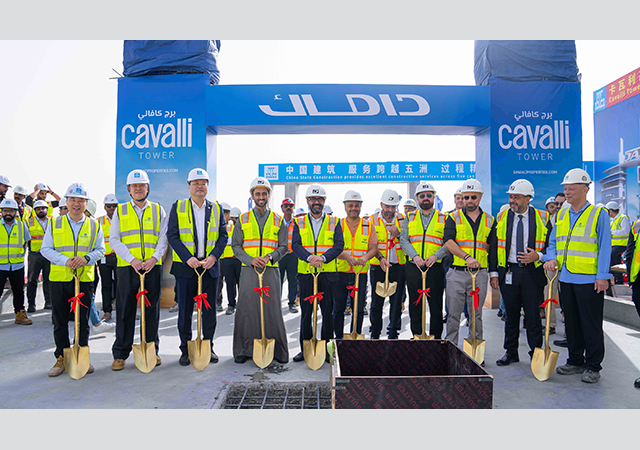
 Jordan
Jordan
A recent dispute threw up a couple of interesting questions on the operation of caps on liability. Liability caps are almost ubiquitous in construction contracts – across the Middle East as in the rest of the world; and the drafting of them is fairly uniform, so we don’t often think about questions of interpretation or commercial intent.
It was a surprise to see one project generate two tricky questions for a court to decide: one about setting off and one about interest. Here’s the case:
In 2019, Rolls-Royce Motor Cars Ltd (RRMC) engaged Topalsson GmbH (Topalsson) to develop and maintain digital visualisation software to be used in helping RRMC’s potential customers to choose custom options in car purchases. There were delays to the project and disputes arose in the usual way about who was responsible for them. In the end, RRMC gave notice of termination of the contract. Topalsson took the matter to court for payment of sums due and to contest the purported termination. RRMC defended these claims and counterclaimed for its losses arising from the termination.
Setting Off
At first instance, the Technology and Construction Court (TCC) in England, found that Topalsson was primarily responsible for the delays and that the termination by RRMC was valid. So far, so straightforward. The interesting part came in the calculation of damages, when taking into account the following contractual liability cap in cl.20:
“Subject to clause [20.1, which contained a list of exceptions to the cap], the total liability of either Party to the other under this Agreement shall be limited in aggregate for all claims no matter how arising to the amount of €5m (five million euros).”
The TCC judge found that RRMC’s “termination damages” were €7,962,323 and also that, at the time of termination, Topalsson were owed the sum of €794,759 for services rendered. The judge deducted this sum from RRMC’s losses, leaving a net total of €7,167,564 owing to RRMC and awarded them €5m, due to the agreed cap.
Topalsson objected to this approach and appealed the judgment. They argued that parties’ respective capped liabilities to each other cannot be netted off before applying the cap. They said that these are independent caps and that the right approach is to apply the cap to each party’s liability before doing any netting off between them. On this basis, Topalsson’s total liability to RRMC should be set at €5m before deducting the sum owed to Topalsson, leaving a net €4,204,241 owing to RRMC.
The Court of Appeal agreed with Topalsson, basing its judgment both on the contract terms and commercial common sense. First on the words used: this was not a single cap on the net liability between the parties following a setting off: Clause 20 puts a cap on “the total liability of either Party to the other” not on the product of both.
Secondly, the Court of Appeal noted that the alternative approach is open to manipulation (or just plain chance) to determine the outcome. For instance, if a project owner has suffered €2 million in losses due to contractor breach, they may well have previously deducted the same sum from interim payment certificates. If the contractor’s overall liability cap were to remain at the agreed fixed sum following that set off, it would, in real terms, have increased by €2 million.
A further interesting question is the applicability of this approach to contracts governed by Middle Eastern laws. A Middle Eastern court or arbitral tribunal can (on request from a party) intervene to adjust the outcome of contract that fixes compensation in advance. We have looked at this in the context of enforcing liquidated damages (for instance, in the Saudi and UAE Codes governing construction contracts) but a liability cap is arguably also a pre-fixing of compensation. And as part of that intervention, I imagine that a party might argue that the net position (post-setting off) should be the basis for setting a suitable outcome.
Interest
Separately, Topalsson claimed that accrued interest on the sums found to be owed to RRMC should also be included within the liability cap, on the basis that RRMC’s right to interest was contractual, and therefore capped. Topalsson was less successful here. Unusually, they had not pleaded this in their original claim. They sought to argue it late in the TCC proceedings but the TCC declined to oblige.
The Court of Appeal also refused them permission to amend their claim because of these procedural failures but they did look at it and they decided that the claim would have failed anyway. The main reason for this refusal is that the parties expressly agreed the contractual interest on late payments to be “a substantial remedy for late payment” and “the sole remedy” available. Losing this because of the cap would mean that RRMC was denied the “sole and substantial remedy” for late payment that the parties had expressly agreed.
Although these comments were not the deciding factor in that part of the appeal, they are a helpful pointer for parties when considering how to deal with contractual interest. As above, parties can of course agree expressly that interest is within an agreed cap.
* Dubai-based Stuart Jordan is the Global Head of Construction for Baker Botts, a leading international law firm. He has extensive experience in the Middle East, Russia and the UK.

















.jpg)













 (1).jpg)













































